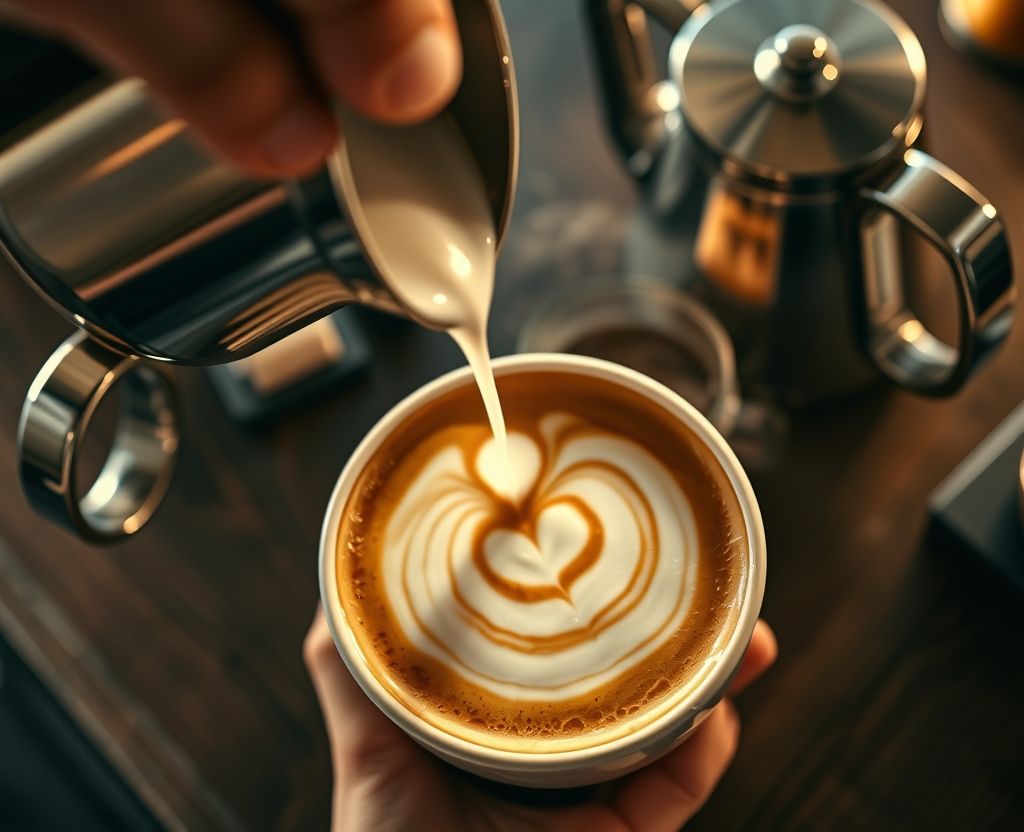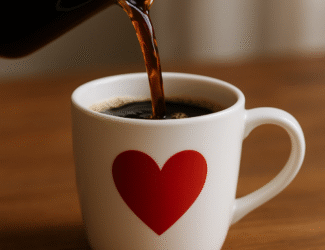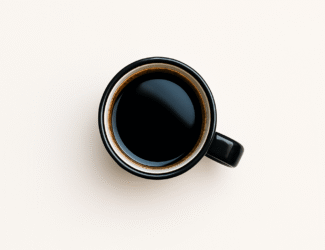
Barista Terminology | Episode 5: Milk Texturing & Latte Art
We are proud to continue our educational series on QahwaWorld.com, designed to equip baristas and coffee enthusiasts with essential industry knowledge. Titled “Barista Terminology,” this comprehensive series delivers clear, concise insights into the foundational concepts shaping the world of coffee. Spanning more than 20 episodes, each installment explores a distinct element of coffee preparation and culture.
In Episode 5, we turn our focus to the craft of milk texturing and latte art — an essential skillset for any aspiring barista. From mastering the steam wand to pouring intricate patterns, this episode unpacks the techniques, tools, and terminology behind beautifully balanced milk-based drinks. Whether you’re creating silky microfoam or perfecting your free pour, this guide will help you elevate every cup with texture, taste, and visual appeal.
In many coffee beverages, milk is not just an addition — it’s a craft. How milk is steamed and poured can transform the flavor, texture, and appearance of a drink. In this episode, we explore the essential terms every barista should know about milk texturing, steaming techniques, and the art of creating beautiful patterns in the cup.
1. Steaming
The process of heating milk using pressurized steam from the espresso machine. It combines heat with air to create microfoam and enhances the milk’s sweetness.
2. Milk Texturing
Refers to the process of incorporating air into milk while steaming to achieve the desired consistency. Proper texturing results in smooth, velvety milk suitable for latte art.
3. Microfoam
A fine, silky foam created when air is gently incorporated into milk during steaming. It has a glossy appearance and blends smoothly with espresso.
4. Froth (Foam)
A drier, thicker layer of milk bubbles usually found in cappuccinos. It sits on top of the drink and doesn’t blend into the espresso as microfoam does.
5. Stretching
The initial phase of steaming where air is introduced into the milk, causing it to expand in volume. Achieved by placing the steam wand near the surface.
6. Rolling
The second phase of steaming where the milk is spun in a whirlpool motion to break down large bubbles and create a uniform texture.
7. Milk Temperature
Ideal steamed milk temperature ranges between 55°C and 65°C. Overheating can scald the milk and ruin flavor and texture.
8. Aeration
The act of introducing air into milk. Controlled aeration creates microfoam; too much leads to dry foam and loss of sweetness.
9. Pitcher
The metal jug used to steam and pour milk. Its shape and spout design are crucial for precision in latte art.
10. Pouring Technique
The way milk is poured affects the integration with espresso and determines the success of latte art. It involves speed, height, and angle.
11. Latte Art
Decorative patterns or images made by skillfully pouring steamed milk into espresso. Common designs include the heart, tulip, and rosette.
12. Free Pour
Latte art created purely by pouring from the pitcher, without tools. It relies on control, timing, and fluid motion.
13. Etching
A latte art technique where designs are drawn on the milk foam using a thin tool. Allows for more intricate artwork.
14. Milk Splitting
Dividing steamed milk into multiple pitchers to create different textures for different drinks (e.g., latte vs. cappuccino).
15. Mouthfeel
The tactile sensation of milk in the mouth. Properly textured milk feels smooth, creamy, and dense — not watery or bubbly.
Related Stories






